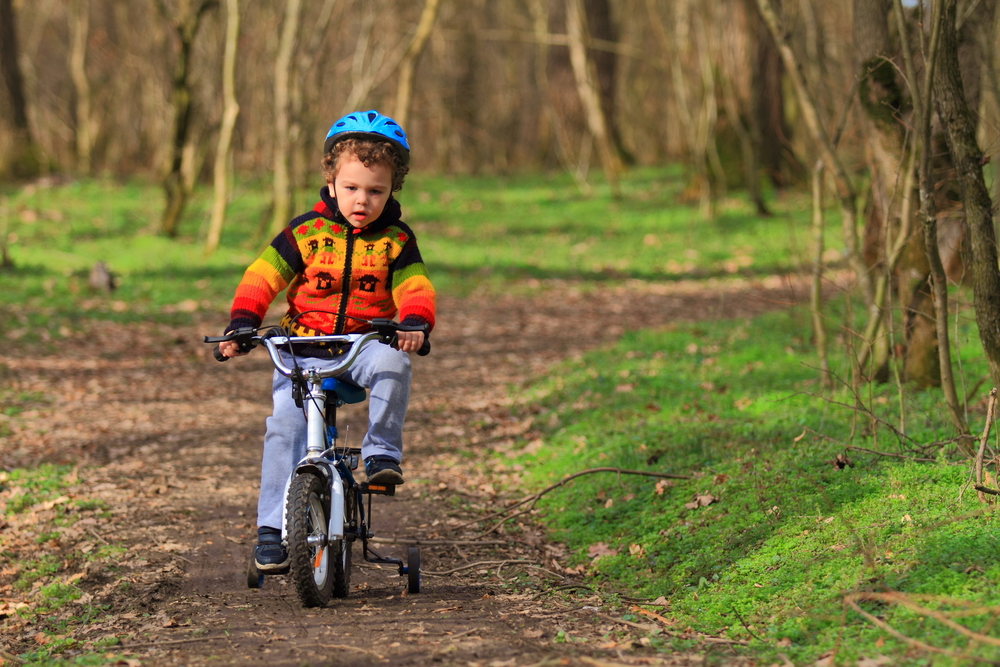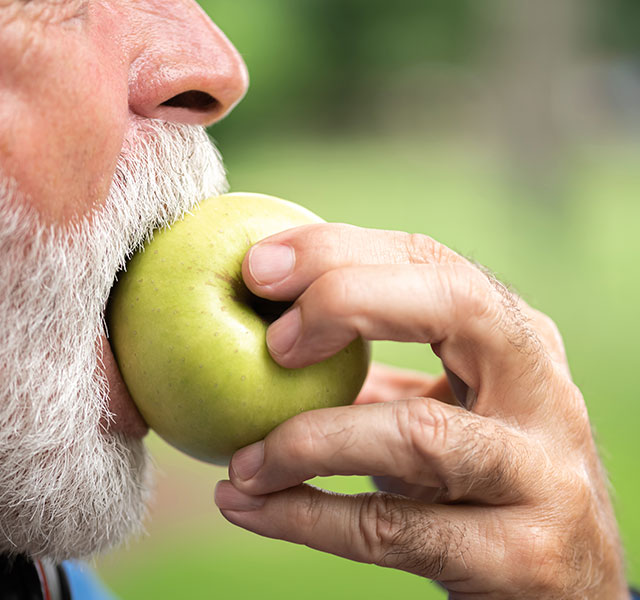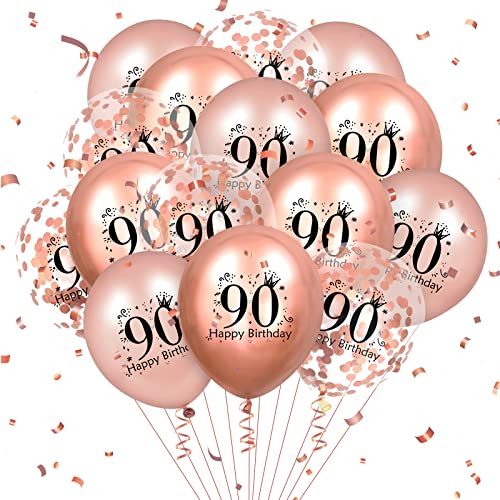This excerpt from my book ran on TED’s Ideas page under the title “Rather than identifying as old, young or middle-aged, be an ‘Old Person in Training’ instead.” I’ve loved that idea since I encountered it over a decade ago (!), although I had no idea how central to my thinking it would become.
Becoming an Old Person in Training allows us to choose purpose and intent over dread and denial and connects us empathically with our future selves.
What’s the best answer to “How old are you?” Tell your questioner the truth—and then ask why it matters. Ask what shifted in their mind once they had a number and ask why they think they needed to know. The information feels foundational, but it isn’t. We ask partly out of sheer habit, carried over from childhood, when a month was an eternity and each year marked developmental changes and new freedoms.
“The kids drive me crazy asking how old I am,” said 80-year-old Detroit schoolteacher Penny Kyle. “I don’t mind telling my age, but I know on the job it can cause you a problem, so I always say I’m 104.” Ha!
We ask because age functions as a convenient shorthand, a way to contextualize accomplishments and calibrate expectations. It’s lazy, though, and utterly unreliable, and arguably impertinent. A woman who attended one of my talks says she answers the question by retorting, “How much do you weigh?”
Scientist Silvia Curado refuses to give her age—not because she wants people to take her for younger but because she refuses to be pigeonholed in a way that she finds “reductive and usually faulty.” Her consciousness makes it a political act. Social worker Natalia Granger offers a radical suggestion: follow the example of gender-nonconforming people. When asked for your age, identify as “age-nonconforming.”
Author and environmental activist Colin Beavan did something similar when he announced on Facebook that he was “coming out as age queer. I am not comfortable with the roles and stereotypes associated with the age of the body I was born into,” he wrote. “My body’s age is not my age. From now on, I will be identifying as 37.”
I love the culture hack, but I want to modify it because identifying as 37 (still “young”) is a form of denial. After a back-and-forth, [Beaven] decided to stop identifying with a specific age.
I want to be age queer by rejecting not my age but the fixed meanings that people assign to it. I claim my age at the same time that I challenge its primacy and its value as a signifier.
The habit of wanting to know a person’s age is hard to break. Take the journalistic convention of including ages in newspaper stories. Two stories in the same week—one about a 42-year-old nursing student running for homecoming queen and another about a 91-year-old mayor swindling River Falls, Alabama, out of $201,000—got me thinking about it. Dolores Barclay, a veteran Associated Press reporter, fielded my question.
“It is just another essential fact to include about the subjects we cover. It’s part of the ‘who’ in reporting,” Barclay responded. “Age is often relevant to certain stories as well. For example, if we write about a ‘senior citizen’ or ‘older person’ who takes her first skydive, does the story have more impact if the subject is 70 or if she’s 99? Or, if we’re profiling the accomplishments of a musician who has had an illustrious and amazing career, don’t we want to know how old he is? What if he’s only 24, but reading the story we might think he’s 60?”
Obviously, the subject’s age belongs in obituaries and profiles of child prodigies, but I believe its reflexive inclusion in other stories is nothing but a bad habit. In terms of it being a necessary part of the “who” of a story, race is no longer an obligatory part of the “who”—unless the story is about race relations. Why should age be any different? There are plenty of ways to clue readers in, [in] the rare event that it’s relevant to the story. A little confusion could rattle assumptions about what people are capable of at a given stage of life or what they have in common across age divides, which would be all to the good.
To avoid reducing people to labels or medical diagnoses, disability etiquette prescribes “people first” language: instead of “mentally ill,” saying “people with mental illness”; instead of “autistic” or “epileptic,” saying “people who have autism” or “people who have epilepsy”; instead of “wheelchair-bound” or “confined to a wheelchair,” saying “wheelchair users”; and so on. The disability is a characteristic of the person; it does not define them.
So, here’s yet another thought experiment: How about learning from the disability rights movement and conceiving of ourselves as “people with age” instead of as X- or Y-year-olds? Age becomes just another attribute, like being a good speller or a Filipino or a Cubs fan. People could “have years”—just as people with dementia “have trouble thinking.”
Age needn’t set apart, nor be set apart from other identifiers. Person first, as retired psychotherapist Bill Krakauer discovered when he started taking acting classes. “So here are these bunch of kids and they see an old guy, right? After a while it quiets down. It takes a few weeks, but everybody forgets. I stop looking at them like young people, and they stop looking at me like an old guy and we’re all just people.”
My final thought experiment: Think of yourself as an Old Person in Training. In 2008, I heard geriatrician Joanne Lynn describe herself as an Old Person in Training, and I’ve been one ever since. I know I’m not young, I don’t see myself as old, and I know a lot of people feel the same way. They’re in the grips of a cruel paradox: they aspire to grow old, yet they dread the prospect. They spend a lot of energy sustaining the illusion that the old are somehow not us.
Becoming an Old Person in Training bridges the us/them divide and loosens the grip of that exhausting illusion. It acknowledges the inevitability of oldness while relegating it to the future—albeit at an ever-smaller remove. It opts for purpose and intent over dread and denial. It connects us empathically with our future selves. As Simone de Beauvoir put it, “If we do not know who we are going to be, we cannot know who we are: Let us recognize ourselves in this old man or in that old woman. It must be done if we are to take upon ourselves the entirety of our human state.”
To be continued in “We’re All Old People in Training, Part 2.”
Excerpted from This Chair Rocks: A Manifesto Against Agism by Ashton Applewhite. Copyright © 2019 Ashton Applewhite. Reprinted with the permission of Celadon Books, a division of Macmillan Publishing, LLC.



